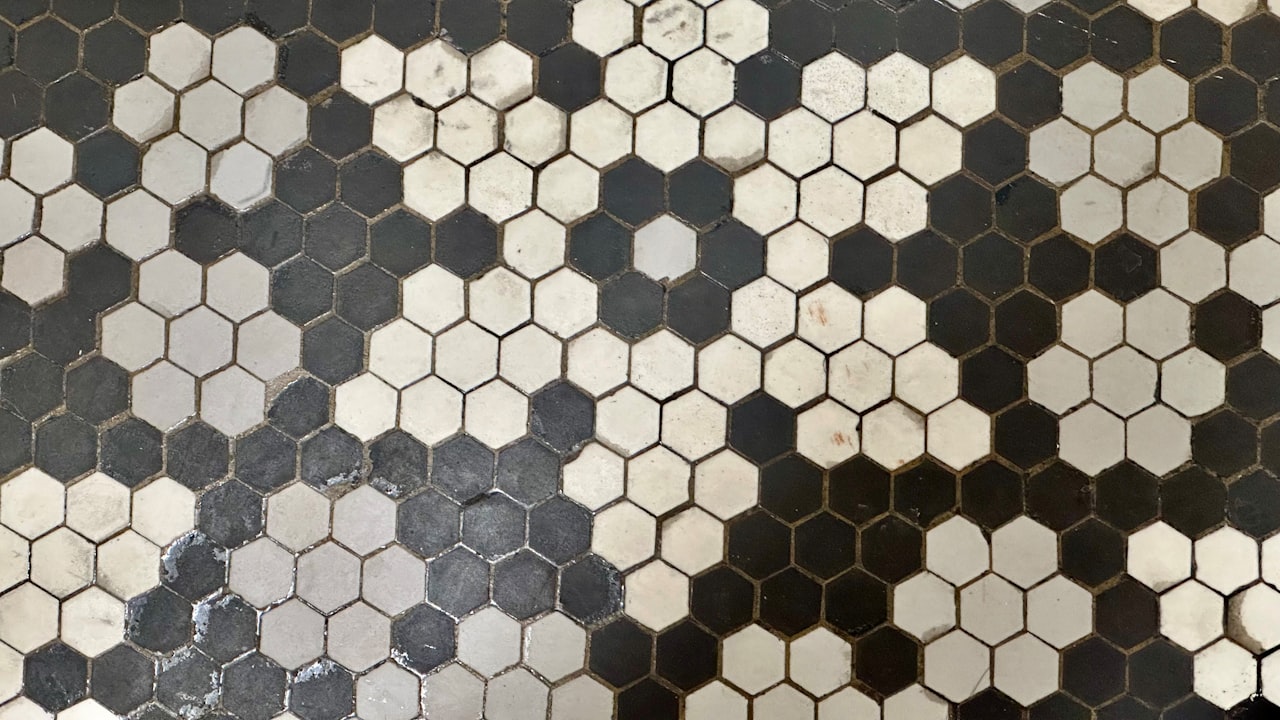Approximately 10% to 25% of 40 million pilgrims who visit the temple each year get their heads shaved as a mark of humility and sacrifice. Thousands of human hair was burned at the Venkateswara Temple for years. The Indian government outlawed the practice in the 1990s because it emits harmful fumes like ammonia. They want to utilize natural human hair while making cheap human hair wigs. Many sites like the Venkateswara Temple auctions their hair every year. They do it to get their hands on the material. In 2014, fashion brands offered $12 million for the “black gold” of temple workers.
Tirumala to Salon
If you’re looking for high-quality wigs produced from human hair, you may expect to pay hundreds of dollars in the US. Turning Venkateswara pilgrims’ hair into a high-end product is a labor-intensive process. The lice found in hair purchased from the temple for $700 a pound are all part of the deal. The smell of mildew and fungus fills the temple’s warehouses. Tirumala’s hair was described by Scott Carney as a “foul-smelling mound” by an investigative journalist. Every five minutes, 600 barbers shave ahead leaving bloodied scalps and hairballs all over the place.
The Hidden World of Hair
The cheap human hair wigs market has long been a means to move hair from those in destitute places to those who need or want it in wealthy areas. Human hair has long been considered a precious product. Relics and beeswax have been found in the graves of Ancient Egyptians to hold together human hair wigs. Upper-level students wore periwigs made of human or horsehair in Europe in the 18th century. They were frequently stolen and resold by gangs of criminals. According to one 19th-century eyewitness, a “hair harvest” took place every year in an impoverished Italian town and saw girls “sheared like sheep.” Each year, 200,000 pounds of human hair are sold in Parisian marketplaces.
Theft of Hair in Progress
As a result of globalization, the market has altered. Hair doesn’t go from rural to urban areas in Europe; it flows from impoverished to prosperous nations. Products from India and China make up the bulk of hair care products available in the United States. There are no similar celebrations of hair in the hair business. Hair is a commodity for them; their conversation about hair reflected economic and social realities—and made us cringe.
Scaled Hair Collecting
Venkateswara Temple in India and China are mentioned as sources of human hair by persons in the business. Manufacturers’ demand for human hair is solved by collecting hair from pilgrims. Therefore it’s no wonder they do. Shaving one’s head is a customary and voluntary gesture to prevent connotations of exploitative undertones associated with desperate women selling their hair. A lot of people don’t become aware that the temple is selling their hair. Religious leaders, on the other hand, have not been reported to have amassed fortunes. Gold wall paneling has been purchased for the temple, although temple managers say they spend most of the money on charity initiatives.
Conclusion
In this article, we have discussed all The Cheap Human Hair industries. The history of the human hair industry is very long and detailed with facts. The human hair industry has helped many individuals live a better life without being ashamed of having bad hair or being bald. So, if you’re looking for a wig. Buy it now!













